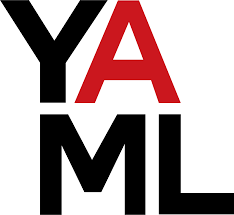
YAML (YAML Ain’t Markup Language) is a human-readable data serialization format widely used for configuration files and data exchange between languages with different data structures. Its syntax emphasizes simplicity and readability by using indentation, minimal punctuation, and plain text. This makes it super popular for DevOps configs, CI/CD pipelines, Kubernetes manifests, and much more.
Unlike JSON or XML, YAML supports comments, anchors for reuse, and multi-line strings, making it flexible yet clean. It’s whitespace-sensitive, so indentation matters—always use spaces, never tabs! This cheatsheet covers the core syntax and basics you’ll need to write and understand most YAML files without sweating the details.